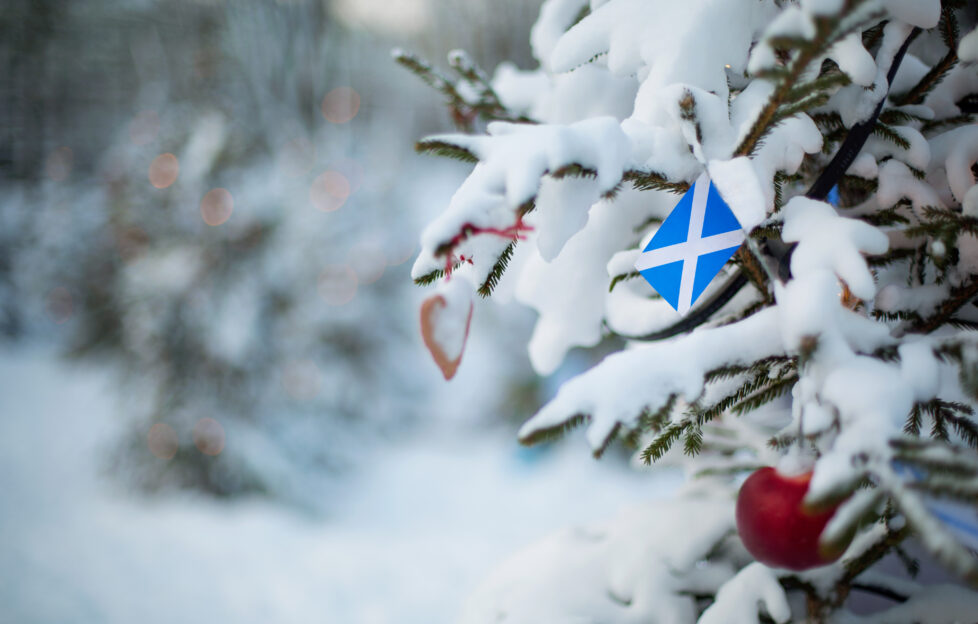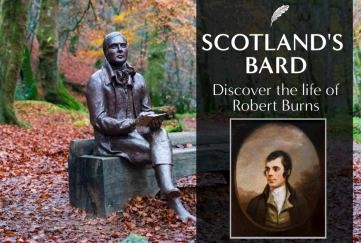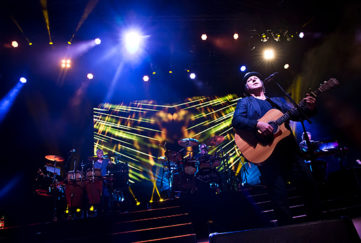4 Scottish Christmas And New Year Traditions

Discover some interesting Scottish Christmas traditions over the years…
It may be surprising learn that Christmas, December 25, only became a public holiday for Scotland in 1958. In fact, Christmas was virtually banned here for almost four centuries.
A little history lesson for you before we dive in.
Christmas was considered a ‘religious feasting day’ in Scotland up until the Reformation in 1560. Nearly a century later, in 1640, the Scottish Parliament passed a law which declared ‘Yule vacations’ illegal and the baking of Yule bread a criminal act. This was due to the religious politics of the time and the views of the Kirk, the Church of Scotland.
Let’s learn all about some old Scottish Christmas traditions and New Year traditions. The traditions below are not necessarily popular today in Scotland, but some do still participate or remember them from their youth.
First-footing
A ‘first-footer’ is usually the first person to visit your home on Christmas Day, however, these days this is more commonly a Scottish New Year tradition.
This person normally comes bearing gifts and in the past this would have typically been in the form of whisky, salt and bread. Scottish black buns were a popular offering, as well.
These days, a box of chocolates or a nice bottle of something carries the same message!
Discover more first foot favourites
Baking Yule bread
It is believed that baking Yule bread originated in Shetland and Orkney.
Yule bread is a three-threaded, plaited loaf that is connected as a circle to represent the sun.
This magical bread is also made with caraway seeds – a popular addition to a number of Scottish treats and a protective symbol related to the Scottish folklore of Sìdhe and the spirits of Winter.
Burning Rowan Twigs
A very old, long-held tradition that some still keep is burning a twig from a rowan tree.
This symbolic act is said to cleanse everyone and the space of bad feelings, be that between family, friends and other acquaintances.
It’s a ritual dedicated to leaving bad blood in the past, basically.
Hogmanay
It may not be Christmas related, but many people are fascinated by this Scottish word for New Year’s Eve, so we thought we’d include it.
Hogmanay began as an ancient traditional New Year ceremony, which involved people dressing up in the hides of cattle and running around the village being hit by sticks.
The festivities would also include the lighting of bonfires, rolling blazing tar barrels down the hill and tossing torches. Animal hide was also wrapped around sticks and ignited which produced a smoke that was believed to be very effective to ward off evil spirits.
This smoking stick was also known as… a Hogmanay.





